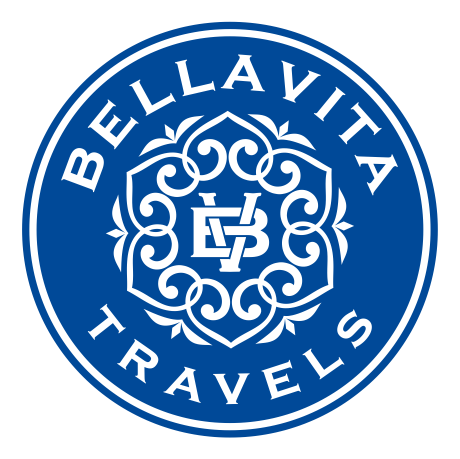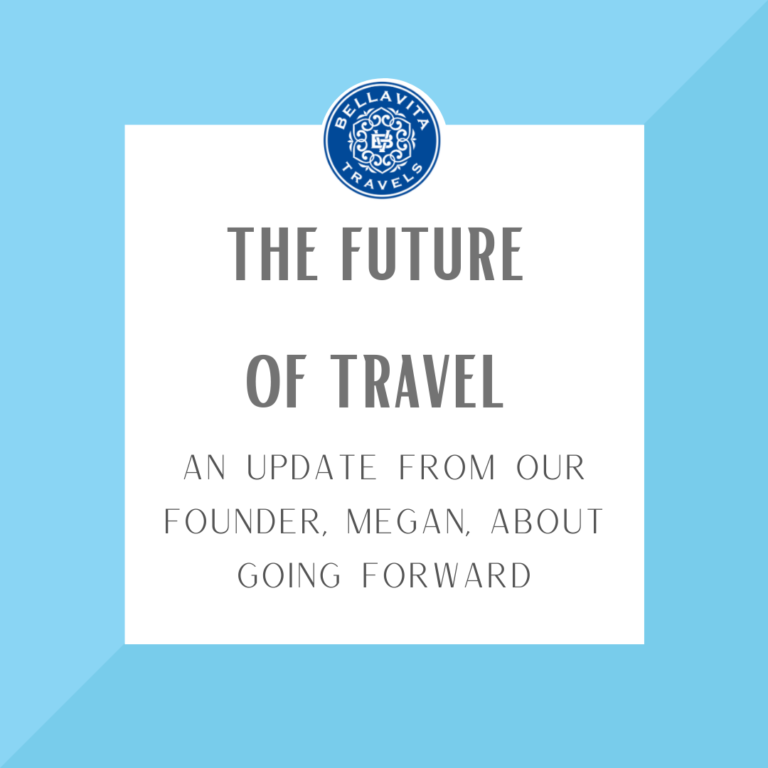Essential Things to Do in Morocco
Morocco is a fascinating country, with brightly-colored cities rising from vast, dry landscapes or nestled into rugged coastlines, where you can lose yourself winding medinas and crowded souks, be entranced by acrobats and snake charmers, and still see caravans of camels crossing the Sahara and craftsmen working leather and making pottery with ancient techniques. The contrast of landscapes, from desert to beaches and mountains to oasis, layers of ancient and modern history, and complex mix of cultures, languages, and traditions.
With so much to see, it can seem impossible to narrow all your choices down and fit everything into a single trip. But here are a few of the most essential things to see and do in Morocco:
Aït Benhaddou
Aït Benhaddou is a traditionally constructed pre-Saharan village, with fortified walls and impressive towers made from the local soil. It’s such a visually striking place that it has often been featured in films, including The Living Daylights, Time Bandits, The Mummy, Gladiator, and Prince of Persia.
The site is famous more for the views and landscape than for activities, although there is a market, some small shops, and tea houses in the fortress itself.
Because it takes several hours to reach, and because sunset views are so spectacular, many people choose to spend the night in the area and also visit the smaller nearby kasbahs and oases, rather than try to fit it into a single-day excursion.
The Dunes of Erg Chebbi
The Erg Chebbi is a sand sea, where the wind sculpts the sand into incredible dunes and creates an unforgettable landscape. While the dunes evoke everything you imagine about the Sahara, technically they are part of the arid pre-Sahara, while the desert itself lies further south. However, native Berbers in vibrant blue still roam these lands with their camel caravans, and these dunes are one of the most famous sights in Morocco.
Erg Chebbi is a considerable drive from the closest major cities, so, again, people often choose to spend the night and experience the incredible desert sunset, deep night, and sunrise. There are lodgings nearby to serve the tourist trade, or you can camp in the desert in a traditional tent, guided by locals on camels and enjoying authentic local cuisine, music, and dancing under the stars.
Draa Valley
The Draa is the longest river in Morocco, spilling from the Atlas Mountains into the valley below. Over the 1100 kilometers of the river, it irrigates local groves and small farms, gives life to oases, supports numerous villages and small communities, and passes ancient kasbahs, creating a narrow green belt in the heart of the arid landscape. The most notable of these ancient fortifications in the river valley is Tamnougalt, guardian of the nearby oasis and once capital of the region.
While the Draa Valley can be visited as a day trip from Ouarzazate, it is common to journey more slowly, by car or even bicycle, through this incredible landscape, and stay at Tamnougalt or smaller kasbahs along the way.
Todra Gorge
The deep limestone canyons formed by the Todgha river are spectacular. During the dry season, the end of the gorge is a narrow canyon with barely a trickle of water, forming steep cliff walls combined with lush, verdant hiking paths that are irresistible for nature lovers. Widely regarded as one of the most beautiful sights in Morocco, Todra Gorge is also understandably popular with rock climbers and outdoor enthusiasts, with over 150 rock climbing routes available.
The most common access to the gorge is through the small town of Tinerhir. Because the 300 meter high canyon walls shelter hikers from the sun, and much of the year the gorge is flooded with water, this is a fantastic late summer and early fall destination in Morocco.
Chefchaouen
The famous blue city of Chefchaouen is irresistible to professional photographers and Instagrammers alike, with its blue and white walls lining narrow, beguiling streets, and colorful crafts and flowers creating incredible imagery. The surrounding hills are also a fantastic place to hike and offer gorgeous views of the city and ocean below. Chefchaouen is known as being one of the most relaxed, laid-back cities in Morocco, without the haggling and sales techniques of other cities, and with slow meals on terraces with spectacular views.
Chefchaouen is remote enough to be slightly off the beaten tourist trek in Morocco, so there is less density during peak tourist months, and locals are friendly and welcoming, and more than willing to share a cup of tea and demonstrate the local crafts. Weaving, woodworking, and leatherworking are particularly prized here, with artisans still making goods in the traditional way. It’s a great spot to get your souvenir shopping done.
Volubilis
The ancient ruins of Volubilis offer an incredible insight into Carthaginian and Roman life in Morocco, with broad streets, villas, palaces, the forum, aqueducts, and even the remains of a basilica and triumphal arch. Not only does it have stunning examples of ancient mosaics, exceptionally preserved by the dry climate from the erosion of time, but the monumental ruins create striking imagery against the stunning Moroccan scenery. The site is an incredibly well-preserved record of local history, and offers fascinating insights into daily life a thousand years ago.
Depending on the time of year, Volubilis can get very hot in the sun, and very crowded with tourists. It’s best to arrive early in the day and avoid the worst of the heat and crowds, and remember to wear good walking shoes and bring water with you.


